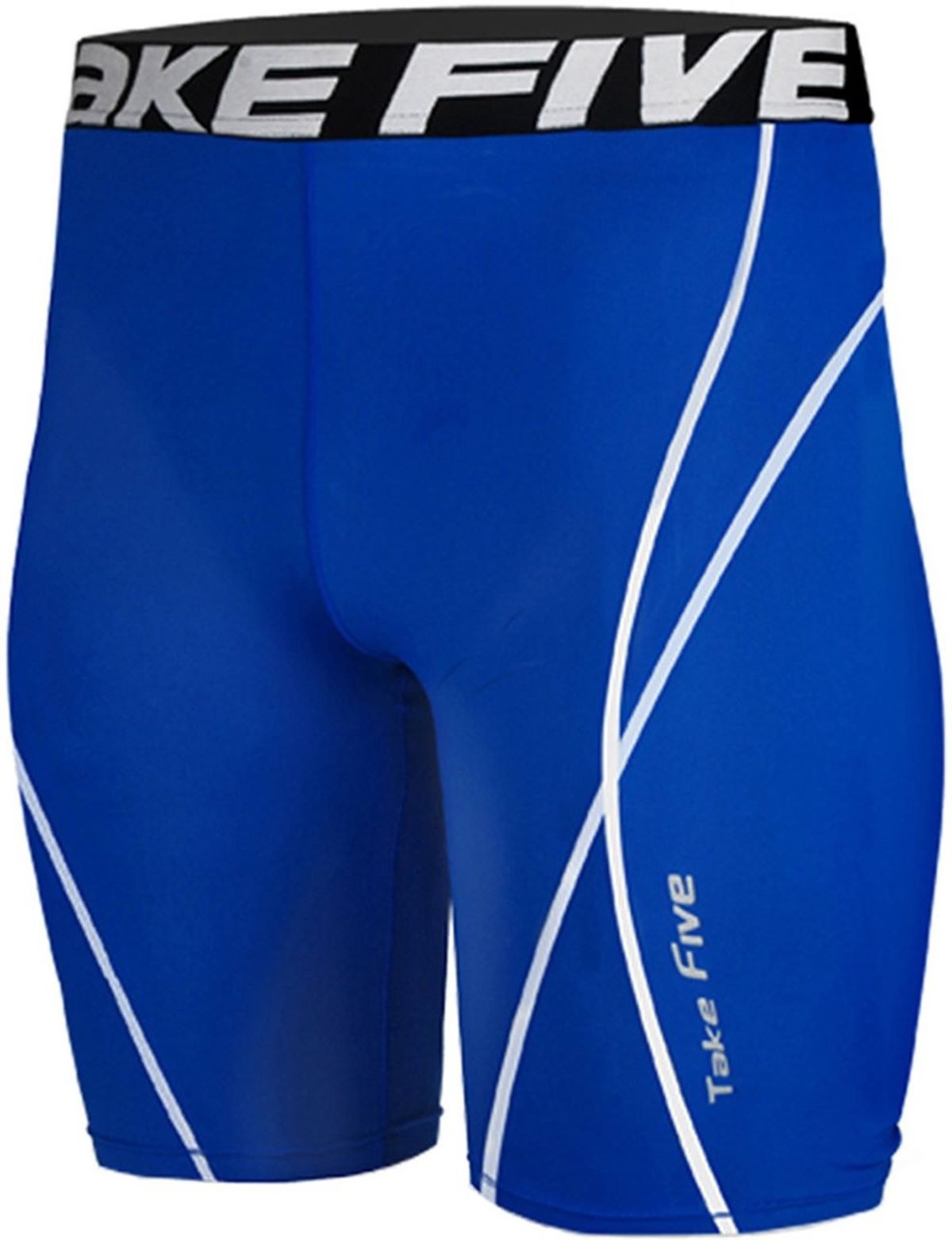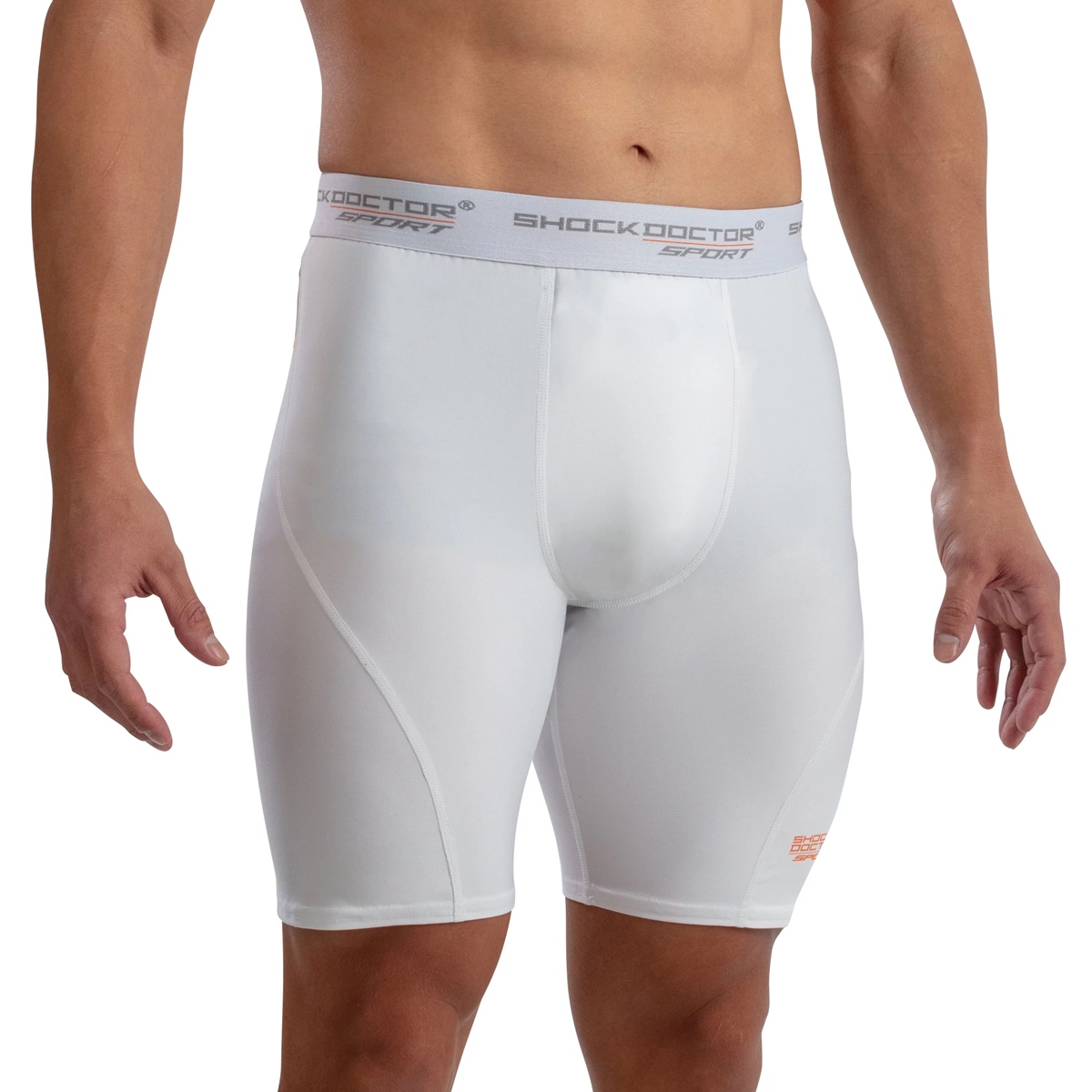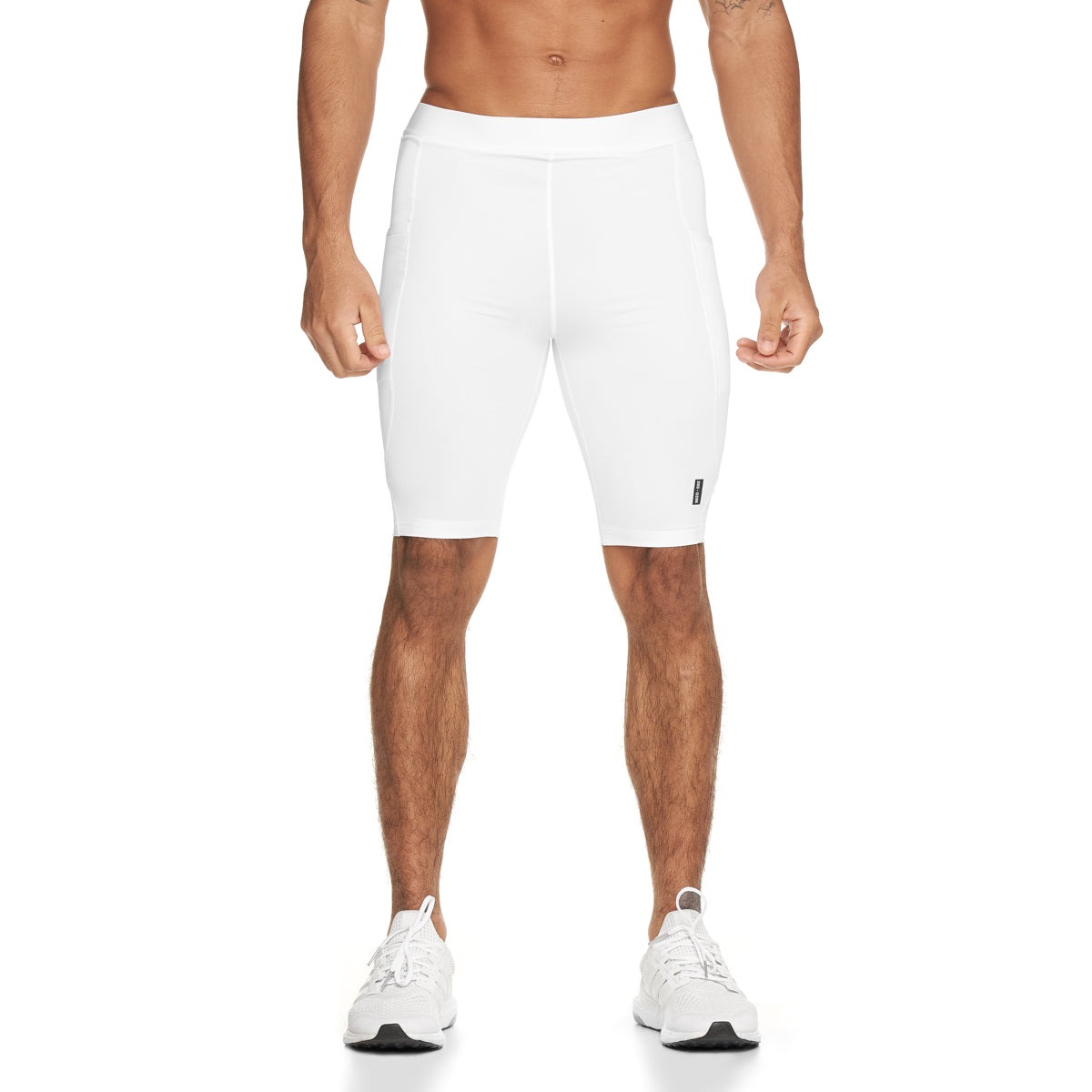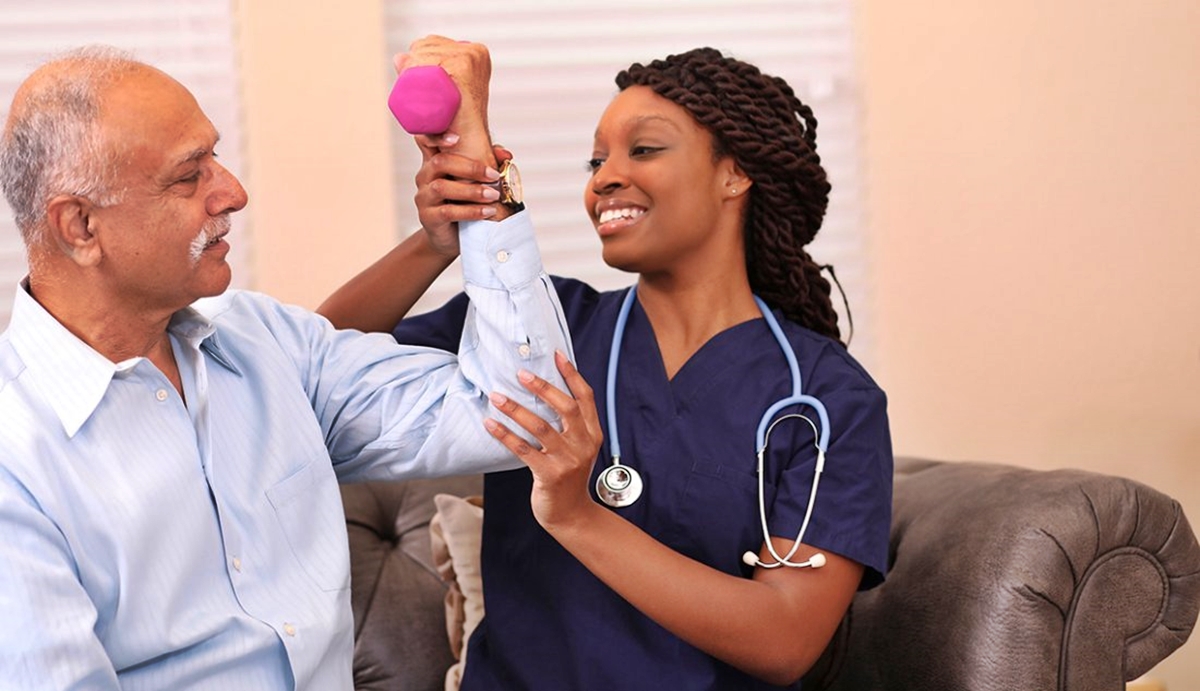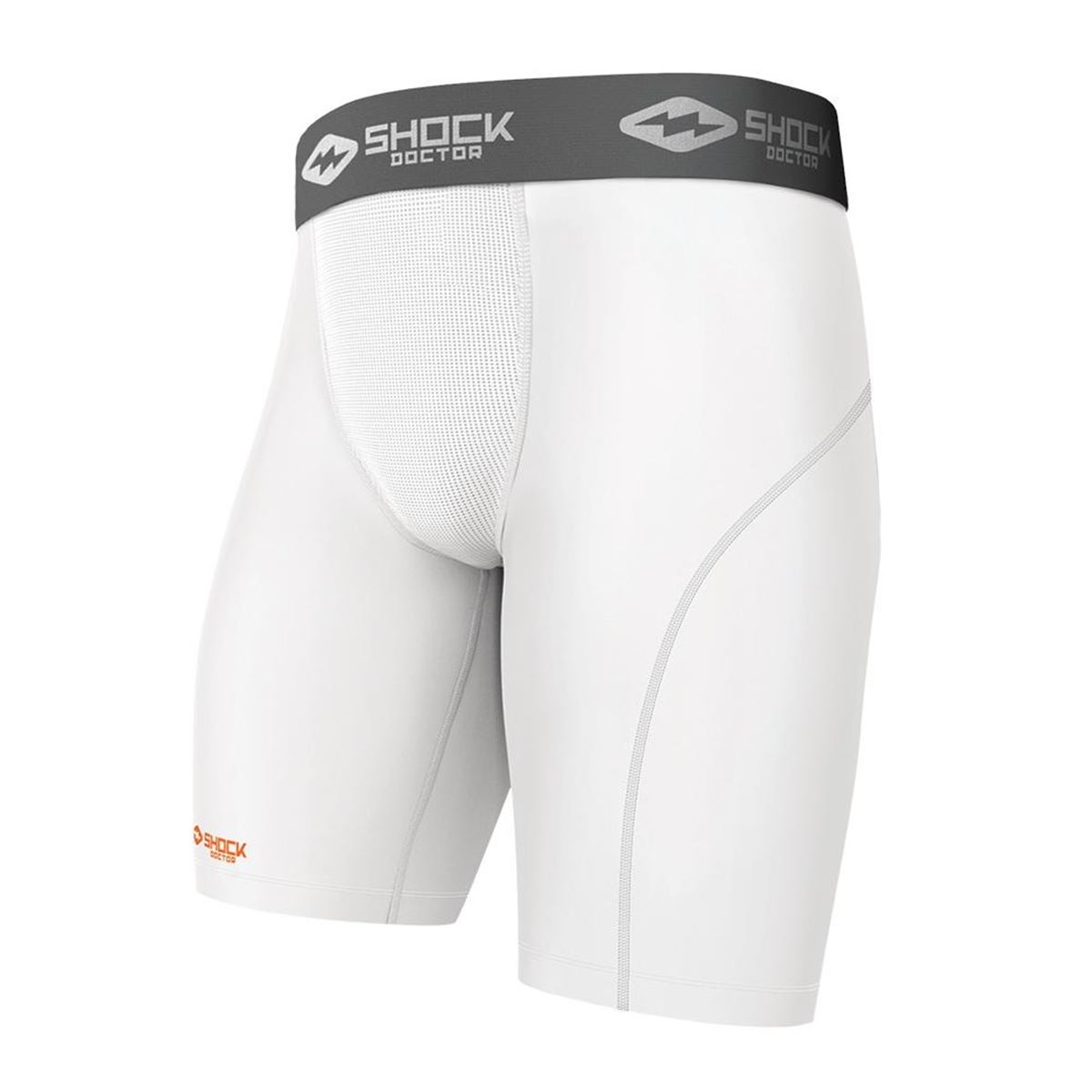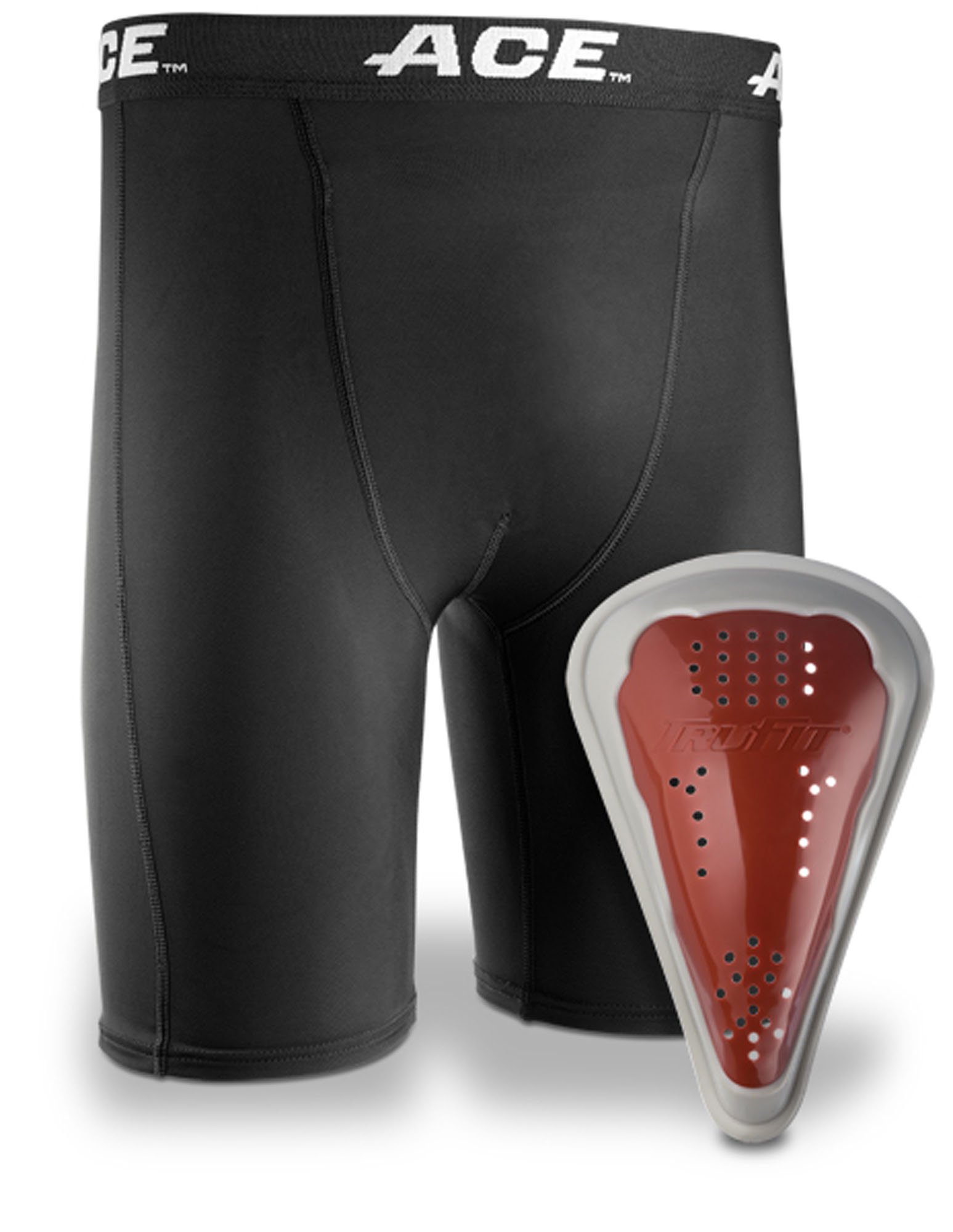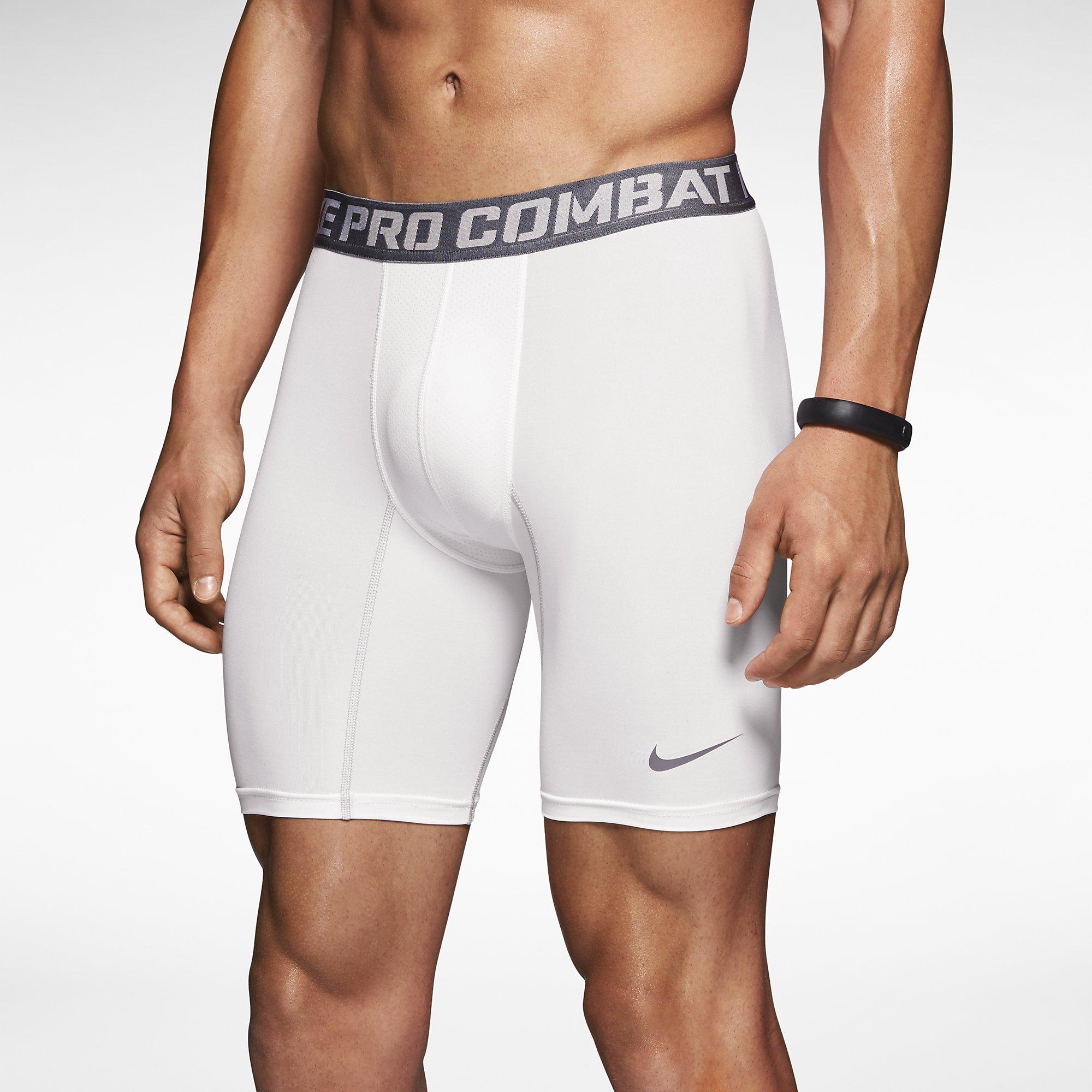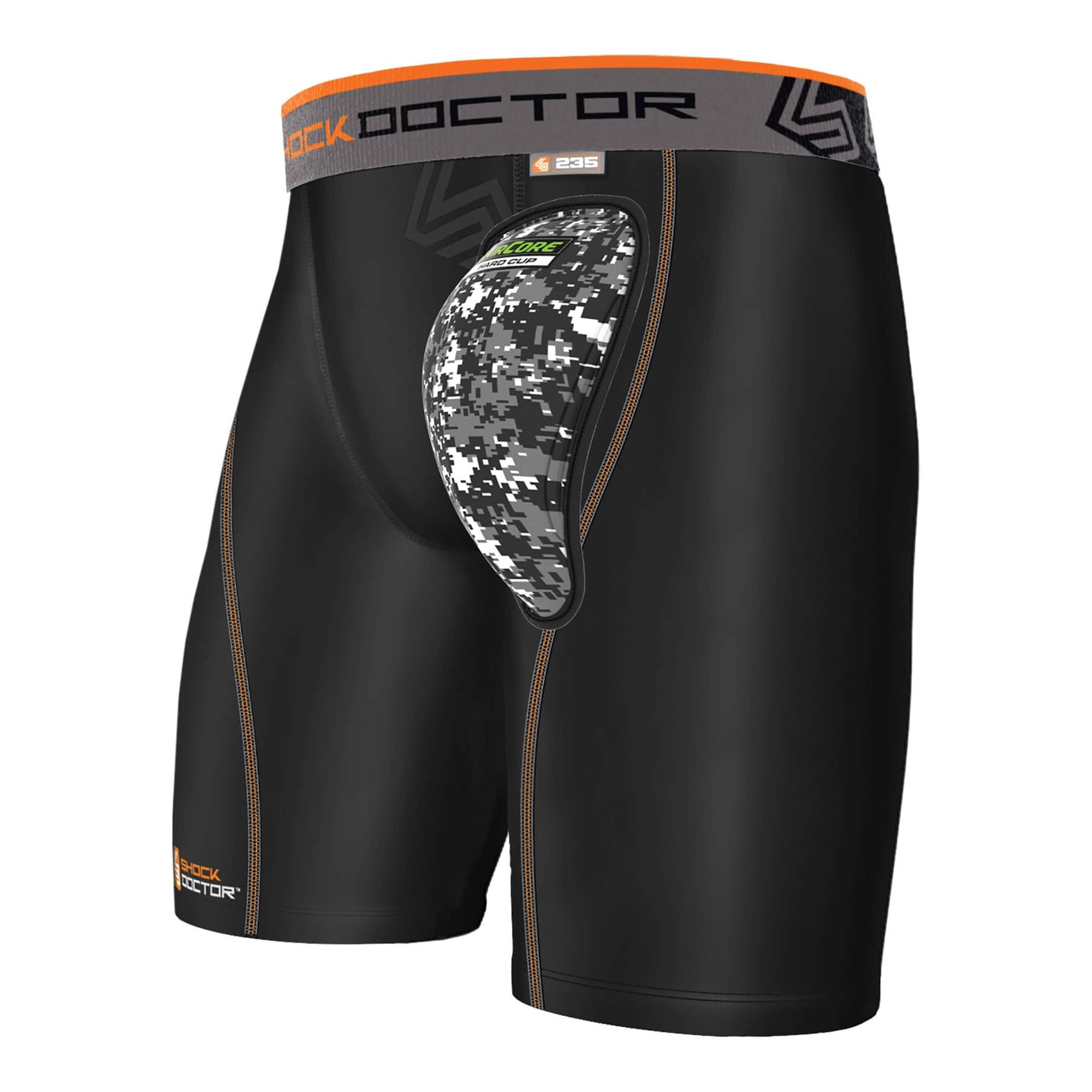

Featured
Doctors Who Work For Activewear
Modified: January 22, 2024
Discover the featured doctors who work with activewear brands. These experts understand the importance of staying active while providing top-notch medical care.
Introduction
Athleisure, the fashion trend that combines athletic apparel with everyday wear, has taken the world by storm. In recent years, people have been embracing a more casual approach to fashion, opting for comfortable garments that can seamlessly transition from the gym to the office to a night out with friends. This shift in clothing preferences has not only revolutionized the fashion industry but has also opened up new opportunities in unexpected sectors, including healthcare.
The healthcare industry, known for its strict dress codes and traditional professional attire, has started to recognize the benefits of incorporating activewear into the workplace. As a result, we are seeing more and more doctors and healthcare professionals embracing the athleisure trend and choosing to work for activewear brands.
This unique blend of medicine and fashion may seem like an unlikely pairing, but it offers numerous advantages for both doctors and patients alike. In this article, we will explore the intersection of activewear and healthcare, the benefits of doctors working in activewear, the challenges they may face, and provide examples of doctors who have embraced this unconventional career path.
The Rise of Athleisure
Athleisure, a fashion trend that combines athletic apparel with daily wear, has become a leading force in the fashion industry. It has emerged as a cultural shift towards comfort, functionality, and versatility in clothing choices. The rise of athleisure can be attributed to several factors.
First and foremost, our modern lifestyles have become increasingly fast-paced and demanding. With busy schedules and multiple responsibilities, people are seeking clothing options that provide comfort and ease of movement without compromising style. Athleisure perfectly fits this requirement, allowing individuals to effortlessly transition from work to the gym to social engagements.
Furthermore, the increasing popularity of health and wellness trends has played a significant role in the rise of athleisure. As more people are embracing active lifestyles, the demand for clothing that can support their fitness activities has skyrocketed. Activewear brands have capitalized on this trend by producing garments that combine performance-enhancing features with fashionable designs, catering to the needs and preferences of health-conscious consumers.
Another factor contributing to the popularity of athleisure is the influence of social media and celebrity culture. With platforms like Instagram and TikTok, where influencers and celebrities are often seen sporting athleisure outfits, the trend has gained widespread exposure and appeal. The desire to emulate the lifestyles and fashion choices of these influencers has driven consumers to adopt athleisure as a way to stay fashionable and on-trend.
Additionally, the pandemic has further accelerated the growth of athleisure. With remote work becoming the new norm and people spending more time at home, the demand for comfortable clothing that can be worn while working from home or engaging in virtual workouts has surged. Athleisure has seamlessly met this demand, providing individuals with stylish and functional options for their day-to-day activities.
In summary, the rise of athleisure can be attributed to the need for comfort and versatility, the increasing focus on health and wellness, the influence of social media and celebrity culture, and the impact of the pandemic. As this trend continues to gain momentum, it has started to extend its reach beyond the fashion realm, making its way into unexpected industries such as healthcare.
The Intersection of Activewear and Healthcare
The intersection of activewear and healthcare may seem like an unlikely pairing at first glance, but it offers a unique and beneficial combination. Healthcare professionals, including doctors, nurses, and medical practitioners, have begun embracing the athleisure trend and choosing to work for activewear brands. This convergence of medicine and fashion has led to interesting opportunities and positive outcomes within the healthcare industry.
One of the key reasons behind the intersection of activewear and healthcare is the emphasis on comfort and functionality. Activewear fabrics are designed to provide flexibility, breathability, and ease of movement, which are essential qualities for healthcare professionals who are constantly on their feet and performing physically demanding tasks. By wearing activewear, doctors and medical staff can experience enhanced comfort and freedom of motion, allowing them to focus more on patient care rather than discomfort caused by traditional professional attire.
In addition to comfort, activewear also offers practical features that are specifically tailored to the needs of healthcare professionals. Many activewear brands have incorporated antimicrobial properties into their fabrics, which can help reduce the risk of bacterial and viral contamination. This is especially crucial in medical settings where cross-contamination is a concern. Moreover, activewear often includes ample pockets and functional designs, allowing doctors to carry essential tools and medical devices conveniently.
Another aspect that makes the intersection of activewear and healthcare noteworthy is the positive impact it has on patient perception. Traditionally, doctors have been associated with formal attire, such as lab coats and suits, which can create a strict and intimidating image. However, when healthcare professionals don activewear, it creates a more approachable and relatable atmosphere, fostering better doctor-patient relationships. Patients may feel more at ease and comfortable discussing their concerns, ultimately leading to improved communication and better healthcare outcomes.
Beyond the practical and perceptual benefits, the intersection of activewear and healthcare also presents an opportunity for activewear brands to collaborate with medical professionals in the development of innovative and functional garments. Doctors who work for activewear brands can provide valuable insights and expertise to create clothing that meets the unique needs of medical practitioners. This collaboration ensures that the garments not only look stylish but also perform optimally in a healthcare environment.
Overall, the intersection of activewear and healthcare has brought forth a symbiotic relationship that combines comfort, functionality, and improved patient experiences. As more doctors and healthcare professionals embrace the athleisure trend, we can anticipate further innovations in medical attire that prioritize both style and practicality.
The Benefits of Doctors Working in Activewear
The decision for doctors to work in activewear rather than traditional professional attire brings numerous benefits, both for the medical professionals themselves and the patients they care for. Let’s explore some of the advantages of doctors embracing activewear in their workplace.
First and foremost, activewear provides unparalleled comfort for doctors during long work hours. Unlike traditional formal attire, which can be restrictive and uncomfortable, activewear fabrics are specifically designed to offer ease of movement and breathability. This allows doctors to perform their duties with enhanced comfort and flexibility, reducing the physical strain that can result from wearing conventional clothing.
In addition to comfort, activewear also offers practicality and functionality. Many activewear brands design garments with thoughtful features such as multiple pockets, reinforced stitching, and stretchable fabrics. These functional elements allow doctors to conveniently carry essential medical tools, such as stethoscopes and pens, while maintaining a professional appearance. The convenience of accessible pockets also contributes to increased efficiency in patient care, as doctors can quickly access the tools they need without searching through multiple layers of clothing.
Furthermore, the incorporation of antimicrobial properties in activewear fabrics can help reduce the risk of bacterial and viral contamination. Medical settings can be breeding grounds for pathogens, and regular clothing may not offer the same level of protection. By wearing activewear with antimicrobial properties, doctors can minimize the risk of cross-contamination and maintain a safer and more hygienic working environment, both for themselves and their patients.
Another significant benefit of doctors working in activewear is the positive impact it has on their physical well-being. Activewear is designed to promote better posture and support the body during physical activities. With long hours spent standing, bending, and performing various medical procedures, wearing activewear can help reduce the risk of musculoskeletal strain and discomfort. Doctors can experience increased comfort and a decreased likelihood of developing work-related injuries or chronic pain.
Moreover, the adoption of activewear in the healthcare setting can have psychological advantages for both doctors and patients. The relaxed and approachable nature of activewear can foster a more comfortable and trusting environment for patients. Patients may perceive doctors in activewear as more relatable and friendly, leading to improved doctor-patient communication and a stronger patient-doctor relationship. This positive atmosphere can contribute to better patient experiences and healthcare outcomes.
Overall, doctors who choose to work in activewear enjoy the benefits of enhanced comfort, functionality, and practicality. The integration of activewear in the healthcare setting not only benefits the medical professionals themselves but also creates a more patient-centric environment where comfort, safety, and effective communication are prioritized.
Challenges Faced by Doctors in Activewear
While there are numerous benefits to doctors working in activewear, there are also some challenges that they may encounter when adopting this unconventional approach to professional attire. Understanding and addressing these challenges is essential for a successful integration of activewear in the healthcare setting.
One of the primary challenges faced by doctors in activewear is the need to strike a balance between comfort and professionalism. Activewear, by its nature, is designed for comfort and functionality, which may contrast with the traditional image of doctors in formal attire. While providing comfort for medical professionals is important, it is also crucial to maintain a professional appearance that instills confidence and reassurance in patients. Finding a balance between the casual nature of activewear and the expectations of professionalism can be a delicate task.
Another challenge is the potential lack of variety in activewear options suitable for healthcare settings. While activewear brands offer a wide range of designs and styles, not all garments may be appropriate for medical environments. Doctors must carefully select activewear that meets the requirements of their workplace in terms of cleanliness, coverage, and safety. Limited choices in color and style may also be a consideration, as certain medical settings have specific guidelines and restrictions on clothing that may conflict with the fashionable aspect of activewear.
Furthermore, laundry and maintenance can be a challenge when it comes to activewear. Medical settings require scrupulous attention to cleanliness and hygiene, and activewear needs to be regularly laundered to maintain these standards. Doctors may need to invest in a larger wardrobe of activewear to ensure they have clean and presentable attire for each shift. Additionally, special care and attention may be needed to remove stains and maintain the integrity of the activewear fabric, which may require extra time and effort from doctors already busy with their demanding responsibilities.
It is also important to address any potential misconceptions or biases that may arise from the adoption of activewear in the healthcare setting. Traditional perceptions of professionalism in medicine may clash with the more casual and relaxed image associated with activewear. Doctors who choose to work in activewear may face skepticism or judgment from colleagues or patients who are accustomed to more traditional attire. Overcoming these biases and educating others about the benefits and suitability of activewear in healthcare can be a challenge that doctors may need to navigate.
Despite these challenges, with careful consideration and awareness, doctors can successfully integrate activewear into their professional lives. By selecting appropriate garments, maintaining a professional appearance, ensuring cleanliness, and promoting open communication, doctors can overcome the obstacles and enjoy the benefits that activewear provides in the healthcare industry.
Examples of Doctors Who Work for Activewear Brands
As the intersection of activewear and healthcare continues to grow, more doctors are embracing this unique career path and working for activewear brands. These pioneering medical professionals are not only exemplifying the benefits of activewear in healthcare but also inspiring others to explore this unconventional avenue. Here are a few examples of doctors who have successfully integrated activewear into their professional lives:
1. Dr. Tiffany Lester: Dr. Tiffany Lester is a board-certified physician who combines her expertise in functional medicine with her passion for wellness and fashion. She serves as the Medical Director for a well-known activewear brand and actively promotes a holistic approach to health through her work. Dr. Lester advocates for the use of activewear that supports physical movement, reduces stress, and enhances overall well-being.
2. Dr. Michelle Durkin: Dr. Michelle Durkin is an emergency medicine physician who has ventured into the world of activewear. She started her own activewear company, focusing on creating functional and fashionable scrubs that prioritize comfort and performance. Driven by her experiences in the medical field, Dr. Durkin aims to revolutionize medical clothing and provide healthcare professionals with garments that meet their unique needs.
3. Dr. Ruben Alexander Mujica: Dr. Ruben Alexander Mujica, a dermatologist, has combined his medical expertise with his passion for fitness and activewear. He collaborates with activewear brands to educate consumers about the importance of sun protection and the role of clothing in preventing skin damage. Dr. Mujica works to develop activewear lines that incorporate built-in sun protection and skincare technologies, merging fashion and dermatology.
4. Dr. Ahmad Bailony: Dr. Ahmad Bailony, a sports medicine physician, has leveraged his medical knowledge to contribute to the design and development of activewear. He collaborates with activewear brands to create performance-enhancing apparel and footwear. Dr. Bailony’s expertise in sports medicine ensures that the products he helps develop are not only stylish but also take into account the needs and demands of athletes and active individuals.
These doctors, among others, are breaking the traditional mold of medical professionals and embracing the opportunities that activewear presents. By combining their medical expertise with fashion and functional design, they are actively contributing to the evolution of healthcare attire, promoting comfort, functionality, and improved patient experiences.
Conclusion
The intersection of activewear and healthcare has proven to be a dynamic and beneficial combination. The rise of athleisure has opened up new opportunities for doctors and healthcare professionals to embrace comfortable, functional, and fashionable attire in their professional lives. Activewear provides numerous advantages, including enhanced comfort, practicality, and improved patient experiences.
By wearing activewear, doctors can experience increased comfort and freedom of movement, allowing them to focus more on patient care and reduce the physical strain that can result from traditional professional attire. Activewear’s practical features, such as ample pockets and antimicrobial properties, further contribute to doctors’ efficiency and safety in medical settings.
The integration of activewear in the healthcare setting also offers psychological benefits, fostering a more approachable and relatable atmosphere that strengthens doctor-patient relationships. When doctors don activewear, it creates a more comfortable environment where patients feel at ease and are more likely to engage in open communication about their health concerns.
While there are challenges to consider, such as balancing comfort and professionalism, limited variety in activewear options, and potential biases or misconceptions, these obstacles can be overcome with thoughtful selection, education, and maintaining professional appearances.
Notably, doctors working for activewear brands, such as Dr. Tiffany Lester, Dr. Michelle Durkin, Dr. Ruben Alexander Mujica, and Dr. Ahmad Bailony, exemplify the successful integration of activewear in the healthcare industry. Their contributions showcase the potential for collaboration between medicine and fashion to create innovative medical attire and promote overall wellness.
As the athleisure trend continues to evolve, we can expect further innovations and advancements in medical attire that prioritize both style and practicality. The intersection of activewear and healthcare represents a progressive and forward-thinking approach to professional clothing, benefiting both medical professionals and the patients they serve.
